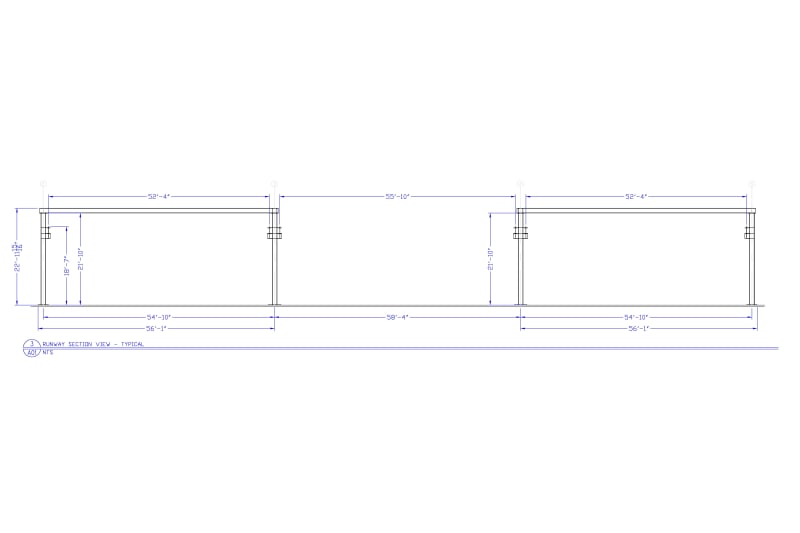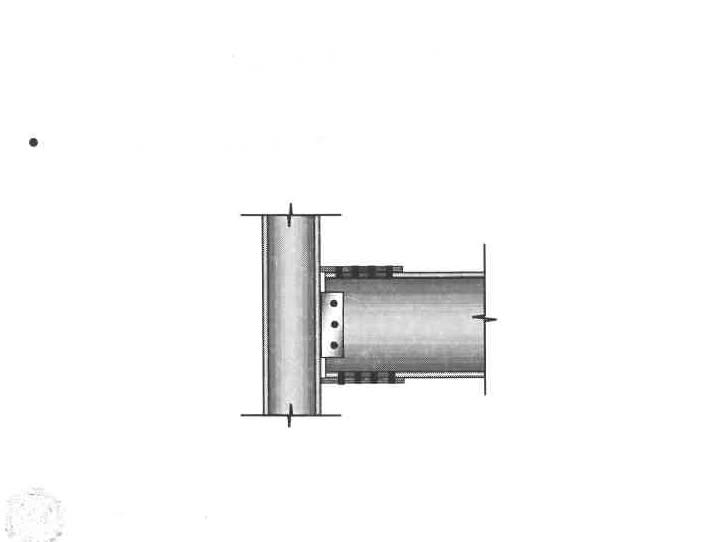I have several opposing view points, and offer them to see what response comes back..
1. Why use headers at all? - if the concrete is adequate, it can resist the moment via larger columns
(in the range of 18 x 60)with heavy base plate & anchors.
2. Assuming the concrete is inadequate, and hence headers are used to control sway, I question the need for moment connections, The lateral loads you are trying to control are like very light.. in the range of 2000# (ballpark 11,000# x .2 = 2200# minus distribution to next column) If the loads are light, moment connections not needed?
3. This takes me to the 12x65 header - seems way oversize considering the light loads.
I suspect it would need to be in the realm of a light W16 to resist deflection though.
4. If you wish to consider the "free standing column" approach (no header) - I remind you that each column sees only 1/2 of the 2200# load.
I'm going into all this because I run thru these systems very often, and I'm trying to better understand several aspects of the design
I've questioned several PE's regarding the connections in this type of frame and I keep hearing that Moment connection is not needed, - we are only trying to control column rotation - and not necessarily transmit flange strength (which is what the moment connections do)
I look forward to hearing you folks response to this






